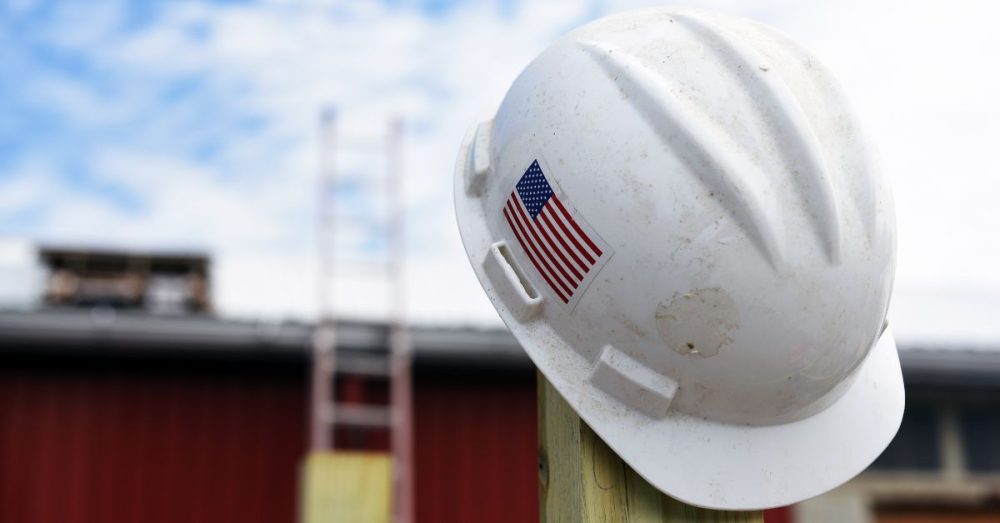Union membership is on the rise in Texas, which may have immediate effects on the Harris-Walz and Trump-Vance tickets.
Around 68,000 Texans joined a union in 2023, and in total, there are about 586,000 union workers in Texas, according to the U.S. Bureau of Labor Statistics. That number will likely continue to tick upward when 2024 data is made available because of successful unionization efforts at Starbucks stores in Hurst and Farmers Branch and around 20 other locations, among other labor drives.
Historically, unions have been considered left-wing entities. However, there have been exceptions that bucked the political status quo, including President Ronald Reagan’s inroads with the Teamsters and the Border Patrol union’s unprecedented endorsement of then-candidate Donald Trump in 2016.
At one time, unions were predominantly both a base and fundraising mechanism for the Democrats, while management was primarily represented by and funding the Republican Party. Yet, in recent years, those lines have begun to blur.
In both 2016 and 2020, union rank-and-file voters increasingly favored Donald Trump. Relatedly, during the most recent auto worker strike, former UAW president Bob King said in an interview, “UAW members feel abandoned by the Democratic Party.”
Only after weeks of wrangling and publicly frosty relations with some of the leadership of America’s largest car manufacturers did President Joe Biden appear to repair his estranged relationship with the UAW in September 2023.
Vice President Kamala Harris’ selection of Minnesota Gov. Tim Walz as her running mate has been widely billed as a gesture to organized labor. Walz’s first solo campaign stop was at a Los Angeles convention of the American Federation of State, County, and Municipal Employees on August 13.
Any resolution must account for that fact. I support the UAW’s demand for higher wages, but there is a 6,000-pound elephant in the room: the premature transition to electric vehicles. While EV supply chains are still heavily concentrated in China, the Biden administration (2/10)
— JD Vance (@JDVance) September 13, 2023
Meanwhile, Sen. JD Vance (R-OH) has been doing his own outreach to unions. Vance was an early supporter of the UAW during the strike. During his speech at the Republican National Convention, the Ohio senator said, “We need a leader who’s not in the pocket of big business but answers to the working man — union and non-union.”
He delivered a subtle dig at NAFTA — a bett noire of many unionists and small business owners — by saying that America needs “a leader who won’t sell out to multinational corporations but will stand up for American companies and American industry.”
The labor movement appears to be split in response to the courting of the warring presidential camps. While Teamster president Sean O’Brien addressed the Republican National Convention on the first night of the event, Teamster’s black caucus bucked its parent organization and endorsed Harris. This comes as O’Brien is widely speculated to be considering a Republican endorsement.
The labor movement has long lamented its perceived inability to organize workers in the South. The sudden success of workers organizing efforts at places like The Texas Tribune and Austin Pets Allied Workers signals that this phenomenon may be reversing.
The location of Texas’ labor unions, both new and old, is noteworthy because of their positions in large metropolitan areas like DFW and Austin. As the state’s demographics change, a new cohort of unionized Texans, although small, could have an electoral impact in urban and suburban areas.
These new unionists will certainly face opposition. Starbucks recently hired a new CEO with a reputation for union busting. Apple, Trader Joe’s, and REI are also reportedly pursuing more anti-union actions.
Amazon-owned Whole Foods had internal documents leaked in 2020 that indicated the company was keeping a heat map to monitor stores’ diversity because the company found that once certain levels of diversity were achieved, employees were less likely to unionize.
Moreover, perennial changes in the National Labor Relations Board that occur with each presidential administration will affect the efficacy and longevity of the Texas labor unions.


